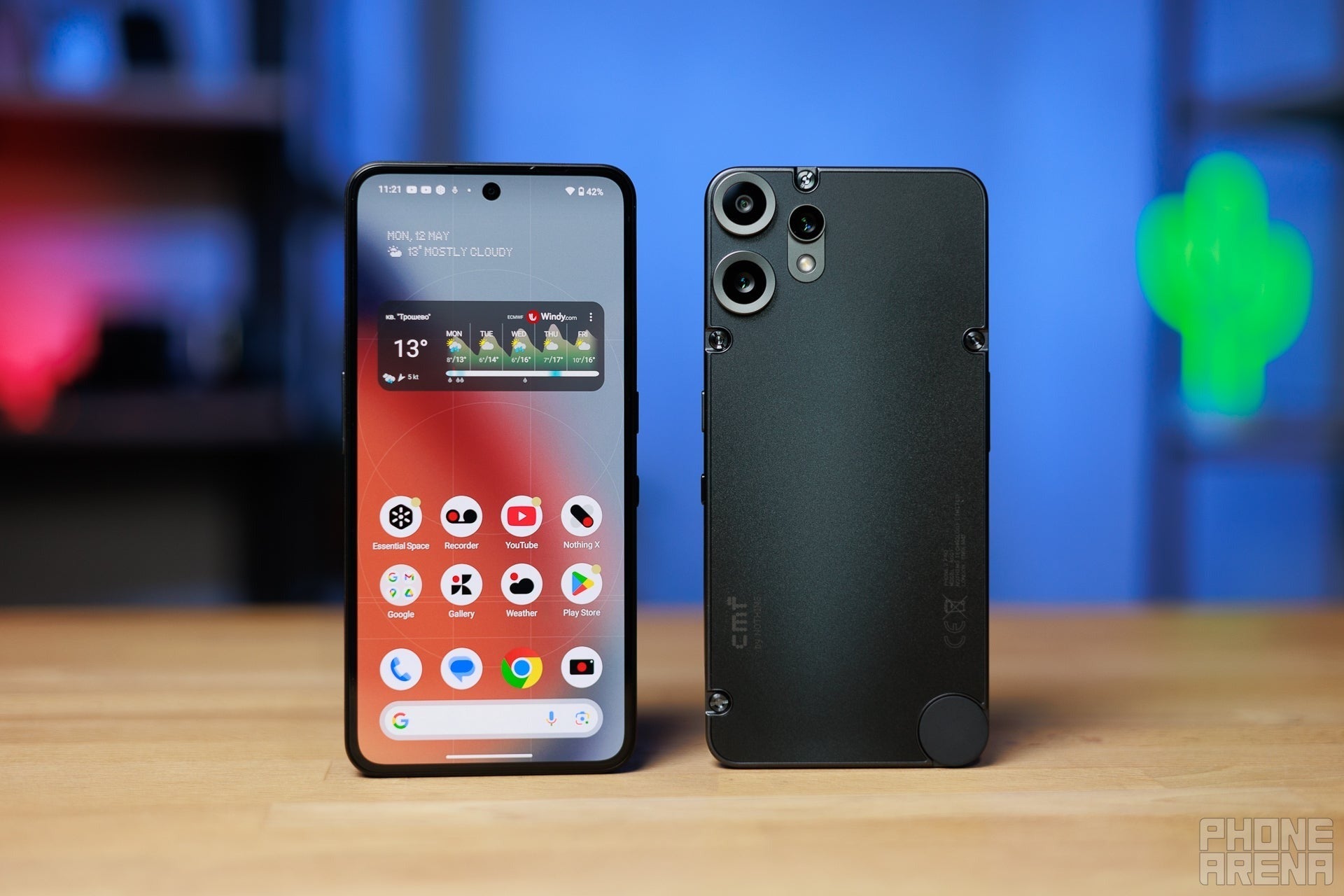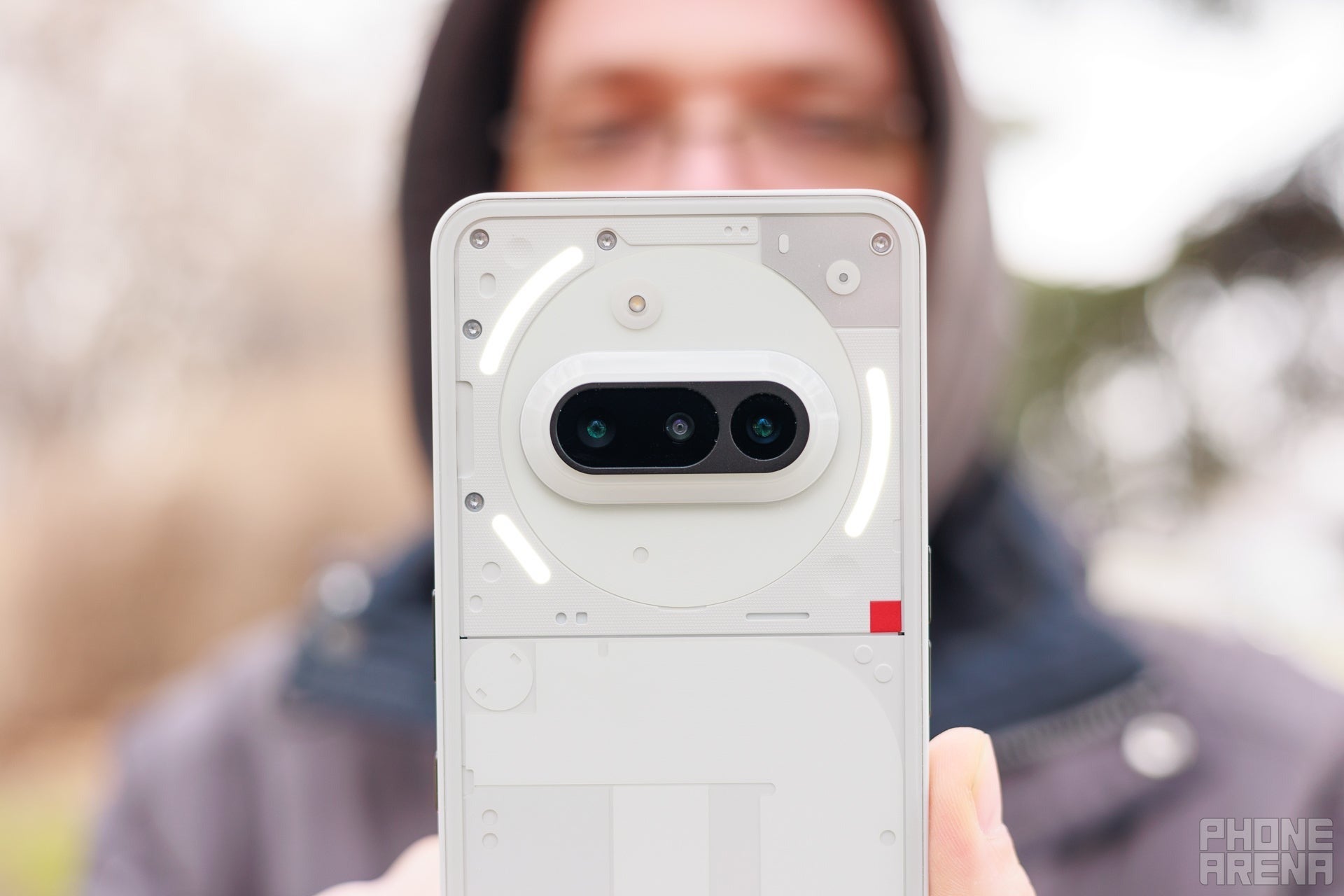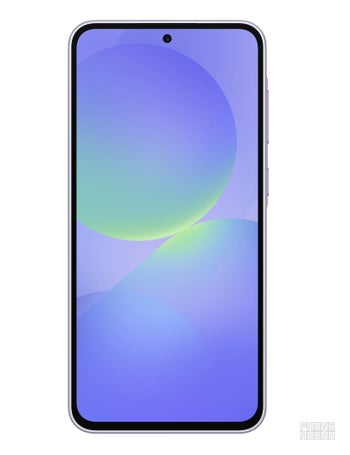Things take a quick turn once you go outside the most basic use of a phone, though.
This issue was especially noticeable on the Galaxy A16, which felt very laggy at times. The loading times on the A16 and Moto G Play were also noticeably slow and even a little jarring at times.
Memory is also a major issue. The Moto, for example, only comes with 4 GB of RAM, which you are quickly reminded of the moment you try switching between multiple opened apps or browser tabs that now need to reload.
Some people use their phone’s camera a lot, others don’t, but it is nice to have a decent one you can rely on. I was actually pleasantly surprised by how usable the images were on the Moto G Play and Galaxy A16 when it came to quick snapshots during the day.
However, the moment you switch to video, or you are in low light conditions, the image quality becomes too poor, and you are better off not using them at all.
The most noticeable issue comes from the video stabilization, which is so lackluster that the footage becomes unusable when you are moving and filming at the same time. There’s also the fact that phones of this caliber can’t even shoot at 1080p 60FPS, let alone 4K 30FPS or higher. You can work around the bad stabilization by keeping the phone stable, and you can live with the lower resolution, but there’s nothing that can save you in poorly lit conditions.
While the Galaxy A16 has an impressive display that’s smooth and sharp, it is too dim to use the phone comfortably on a bright, sunny day. The Moto G Play is even worse, with its thick uneven bezels and still very lackluster brightness (although slightly smoother thanks to 120Hz display refresh rate).
What do you get for $100 more?

One of the best phones you will find that’s between $200 and $300 is the CMF Phone 2 Pro. Bad name aside, it genuinely surprised us by how much it offers for its price.
You immediately notice the performance gap. The CMF Phone 2 Pro felt significantly smoother and more responsive. Apps stayed open for longer, the animations loaded faster, and it felt like I could actually multitask on this phone (if I had some patience).
What’s more, the display got bright enough to keep the phone usable when I’m outdoors, all while being a joy to watch videos on and scroll through different app UIs.
The camera system is where I noticed the biggest difference, though. The 50 MP main and 50 MP telephoto cameras were more than usable, and I was happy that CMF opted for a telephoto secondary camera instead of an ultrawide one — I think it has much more use cases.
The battery life was almost as good as on the Moto G Play (2026), which only made the case for these extra $100 stronger. On top of that, you get fast 33W charging to top up quickly in a pinch.
Check out our:
Should you splurge another $100 and go for the premium cheap phones?

The CMF Phone 2 Pro already felt like enough for someone that’s trying to stay in the budget lane. You can think of it as the “flagship killer” of the budget phones, which would make Nothing Phone (3a) and Galaxy A36 the “flagships” of this space.And just like flagships, they come with perks that are nice to have, but not fundamental.
The Galaxy A36, for example, gets a much brighter display that went up to 1700 nits in our display lab tests — excellent, especially for the price. Weirdly, the Nothing Phone (3a) delivered almost identical results to the CMF Phone 2 Pro.
Once again, it was the camera performance where I mostly noticed a jump. Taking photos indoors or other low-light scenarios results in much better images, making these phones more reliable when it comes to snapping pics.
The Nothing Phone 3a has lively colors and solid detail, while the A36 provided the typical Samsung look that many users like. HDR is also more stable, while video quality finally becomes usable.
I wouldn’t say that the cameras at this price are anywhere near flagship great — they have smaller sensors that capture less light and detail; night photography, while doable, does not deliver great results; video recording still leaves a lot of room for improvement, and there is some camera lag at times. That said, they are definitely reliably good for most of the time.
Battery life is similar to the CMF Phone 2 Pro, and so were the charging times, so no real benefits there.
I did feel the increase in performance, though, with the overall navigation being a lot more fluid, especially when compared to the Moto G Play and Galaxy A16.
The Snapdragon 7s Gen 3 in the Nothing Phone 3a and the Snapdragon 6 Gen 3 in the Galaxy A36 provide enough horsepower for nearly all everyday tasks. There are still small stutters here and there, but nothing compared to the constant sluggishness of the cheaper models.

Samsung Galaxy A36 5G
6.7-inch
Triple camera
5000 mAh
6GB
$191 at Amazon
Check out our:
So which budget tier should you choose?
After testing all five phones back to back, here are my recommendations.
Around $200:
For people who only use the essentials. These phones are usable, but comfort and capabilities outside mundane ones are very limited. I’d say these are perfect as back-ups or for kids.
Around $300:
This is where I felt the true sweet spot is. The major annoyances were mostly gone, the performance was much smoother, the cameras were more reliable and capable, and the display was perfectly usable in almost all scenarios.
Around $400:
The affordable premium range. Excellent displays, stable performance, usable video recording, and fewer compromises overall. This is the true middle ground in the grand scheme of things, and the best experience you will get for a tight budget.
But above all, I was surprised by the cheapest phones in this experiment. It felt weird to me how OK I was with the downsides that came with them. The one big problem I had with these phones was the display brightness, but other than that, I think I could live with the rest if I had to.
This just showed me how far we’ve come, and how accessible the basic smartphone experience is in 2025. I can’t wait to see how the next five years change this even more.

